The appearance of the house creates the initial impression of its owners, so very ...
|
|
As you can understand from the name itself, silicone sealant for external work ... |
Homemade brick Saman made of straw and clay the oldest of ... |
DIY porcelain tile laying
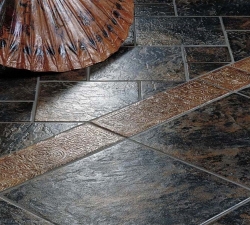
The main advantage of porcelain tile is its high quality and duration of operation. Therefore, this material is widely used in the process of both internal and external decoration. There are several ways to lay porcelain tiles, we will talk about the technology of their implementation further.
Table of contents:
- Tile porcelain tile: characteristics and advantages of styling
- Porcelain tiles photos and recommendations for choosing
- Finishing with porcelain tiles: varieties of material
- Preparatory stage of laying porcelain
- Porcelain technology: preparation of material and its styling
Tile porcelain tile: characteristics and advantages of styling
The use of porcelain tiles for flooring in the room is primarily associated with a large number of advantages of this material. However, quite often there is a choice between ceramic tiles and porcelain tiles to figure out that it is better to use let's compare these two material.
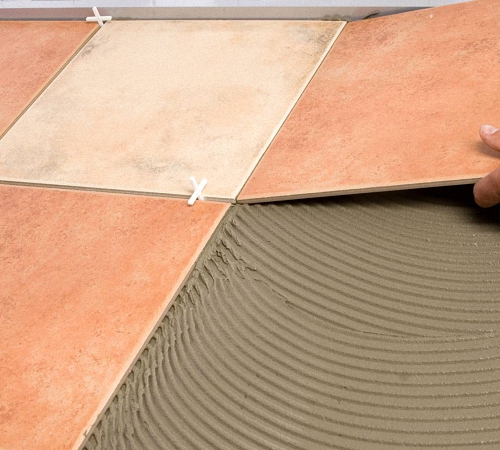
In relation to the composition, these materials are almost the same. For the production of porcelain tiles, the presence of kaolin, clay, quartz sand, and field spar is required. However, porcelain tile is burned at a temperature of more than 1200 degrees, and tiles - no more than 800 degrees. In addition, porcelain tile is more succumbing to the press, therefore, the strength and operational characteristics of this material are higher than that of the tiles.
In the process of manufacturing porcelain tiles, all its components are melted and connected into a single strength structure. In addition, microporas simply absent in porcelain tiles, as it is under a huge press. Moisture getting into the inside of porcelain tile is impossible, and, accordingly, the duration of its operation is higher.
In addition to the frost resistance of porcelain tile, which, in conditions of application of it for interior decoration, unclaimed, this material has the following advantages:
1. High level of wear resistance. Despite the fact that porcelain tile is a high and intensive operational load, over a long period of time, it does not lose the attractiveness of its appearance. Therefore, its use also applies to offices and industrial enterprises.
2. High strength characteristics of the material are explained by the technology of its production. Subject to the technology of laying the material, it is able to withstand a load of 500 kg per one meter square.
3. Cracks and chips are not formed on porcelain tile, compared to ceramic tiles.
4. There are no spots on the material. The moisture absorption of porcelain tile is less than one percent, in addition, it is resistant to aggressive chemicals. Therefore, even if you pour a solvent to the surface of porcelain, then it is impossible to spoil it.
5. Porcelain tiles do not need to care for the material, you just need to wipe it with a damp cloth and soap solution.
6. The variety of colors and textures allows you to choose the type of material that will fit perfectly into any interior.
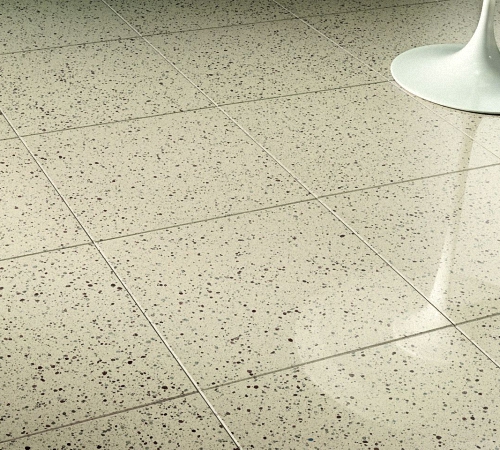
7. The environmental safety of porcelain tile is explained by the absence of substances harmful or toxic for humans.
8. The material is quite frost -resistant, therefore, its use is possible both inside and outside the room.
9. The use of porcelain tiles of the highest category (with absolutely even edges) allows you to obtain minimal joints in the process of laying it, so the coating looks quite homogeneous.
Despite this, porcelain tile is distinguished by the following shortcomings:
1. Paul, covered with porcelain tiles is quite cold and needs to arrange heating.
2. It is not recommended to install porcelain stoneware in the bathroom, since the coating is highly slippery, especially when in contact with water.
3. A fairly high cost of porcelain tile, also refers to its deficiency. However, the coating, which eventually turns out, will serve its owners for a very long time.
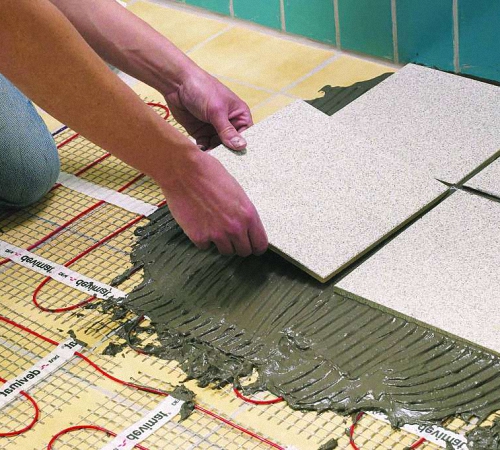
Porcelain tiles photos and recommendations for choosing
The modern market for building materials offers porcelain tiles of different price categories and different manufacturers. The material that is produced in Italy is considered the highest quality - more economical options - porcelain tiles from Turkey, Greece and Belarus. We will talk about how to determine the quality of the material.
Good porcelain tile should be characterized by compliance with all technological points and requirements for the manufacture of material. At each stages, preparation of the composition, its coloring, burning and pressing, the manufacturer must observe the technology. To determine the quality of porcelain tiles, we suggest using the following criteria:
1. The ratio with weight. In the catalog or in the technical characteristics of the material, the weight of each of the tiles should be indicated. The standard plate of porcelain tile with a thickness of 0.8 cm should have a weight of 18 kg. If this value is less, then the technology of production of the material was broken, and it has voids in which, over time, water will fall and lead to damage to the tiles.
2. Saving material. If there are large recesses on the back of porcelain tiles, the size of which is more than 20 mm, then such material should not be bought.
3. Check the color ratio. Inspect several tiles from one series, they should be almost identical, otherwise, the material should be refused.
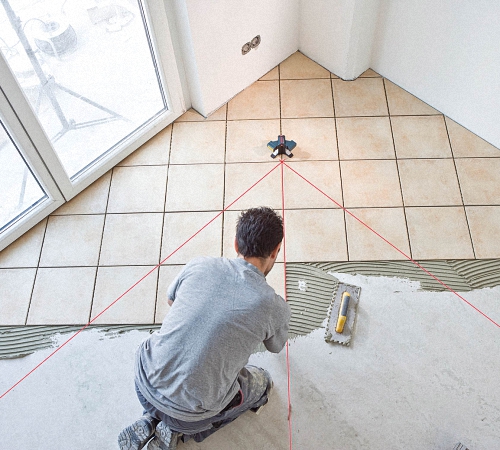
Finishing with porcelain tiles: varieties of material
In relation to the resistance before abrasion, porcelain border is divided into several classes:
- the material of the first class, designed for laying on the walls;
- The second class includes porcelain stoneware, which is allowed to be used in the kitchen or bathroom, in places that differ in small cross -country ability;
- The third class of porcelain tile means a material designed for medium traffic - ten people per hour;
- The fourth class of tiles is designed for installation in places, with increased operational load, such as beauty salon, restaurant or hairdresser;
- The fifth grade porcelain tile is intended for installation in supermarkets, stations, airports - in places, with high operational loads.
In relation to the type of surface, porcelain stoneware happens:
1. Polished porcelain tiles are also called glossy. This material has a shiny surface, which is obtained after processing the material with special devices. This type of porcelain tile is installed in restaurants, halls, living rooms, in places where aesthetic attractiveness is of great importance. Due to the presence of glossy shine, the room becomes more solemn and pathos. However, moving on such a floor is quite dangerous, so such material is not used to finish the floor in the bathroom or in the kitchen.
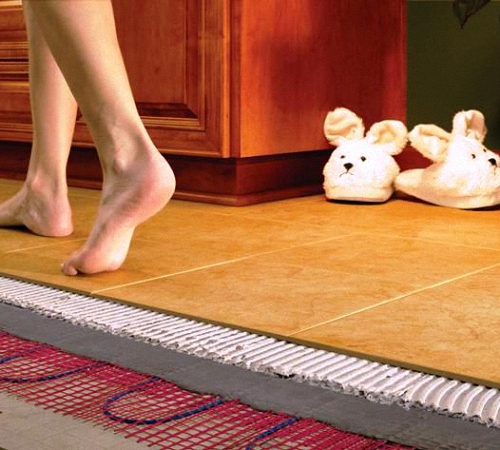
2. The matte version of porcelain tile is distinguished by the presence of a texture surface. The appearance of the material is natural, in addition, such keramorganitis is quite easy to use and has no high slippery. Matte porcelain stoneware is the most popular variant of porcelain tiles used for the exterior decoration of the floors in the room.
3. The use of lapatized or partially polished porcelain tile is primarily distinguished by a very attractive appearance of the coating that they are trimmed.
4. Porcelain stoneware with a matte shine is also called satinated. Before the start of firing, it is processed with mineral salt, after that, it is polished with special equipment with diamond spraying, as a result, a product that has a beautiful shine is obtained.
5. The relief type porcelain is distinguished by the presence of an anti -slip coating, and is used in the process of decorating sites on stairs, entrance rooms or other places that need a certain safety. This type of porcelain tile is able to imitate wood, stone surface, marble and other finishing materials.
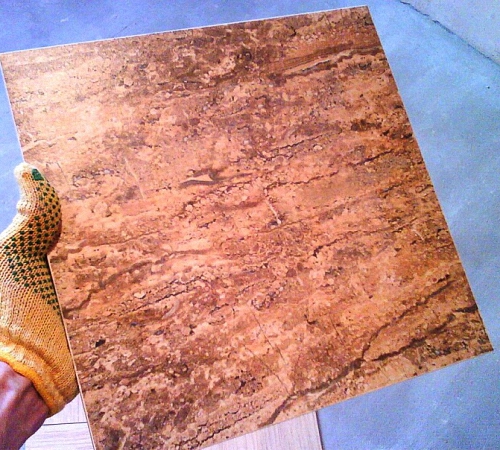
Preparatory stage of laying porcelain
Before starting work, you should decide on the pattern according to which the installation of the material will be made. There are several options, among which they highlight:
- Diagonal laying of the Kermaraite;
- The standard option is rectangular styling;
- rombo -shaped surface;
- Christmas version;
- A combination of several types of styling.
The choice of one or another option depends on the size of the room, its interior, tiles, its size and individual preferences of the owners. Keep in mind that to reduce the room, you should choose a large tile, and to increase small.
To increase the room in width, it is necessary to lay the tile, in the transverse direction, and to increase the length in the longitudinal. To combine zones, the use of a through pattern is recommended, and to divide the room into zones - lay the material with a single pattern.
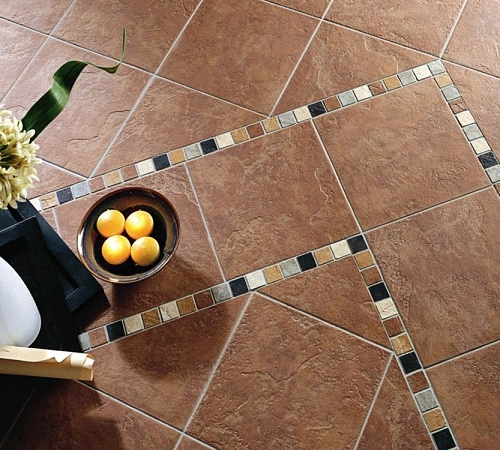
To increase the premises, it is also recommended to choose light tones porcelain border. Next, decide on the location of the material and its trim, if you need to cut more than half of the tile, then laying should begin in such a way that the same parts of the tile on each side of the room. Otherwise, it will not be possible to get a symmetric space.
The base for laying porcelain tiles should be carefully prepared. Since this material is required by the most accurate and even base. In addition, there should not be dirt, dust or fat on the floor.
In the presence of the smallest irregularities, the compositions of self -leveling purpose should be used. In the presence of significant differences, for black floor alignment, use a cement -based solution, and for the final - a self -leveling mixture. To ensure good adhesion between the floor and glue, it should first be treated with a primer.
In the process of preparing an even floor, it should be carried out high -quality cleaning and degreasing. Keep in mind that laying porcelain tile is carried out only on a dry base. In the presence of a warm floor, its preliminary heating is carried out, with the help of which there is no moisture on the floor. Further, the system is turned off even after the floor cools, porcelain tile is laid on the surface.
If it is planned to lay a porcelain border on the floor made of wood, then a special material is installed on it in the form of a substrate or a drywall is laid on the floor. So that the material does not absorb moisture, it should be treated with a primer. It will provide protection of porcelain tiles from changes in the tree, in the process of its operation. Keep in mind that when choosing glue, you should give preference to one -component or two -component compounds based on epoxide or polyurethane.
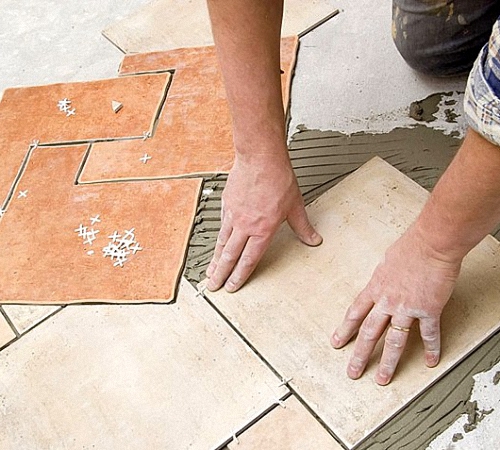
Porcelain technology: preparation of material and its styling
In order to lay a porcelain tile with your own hands, you will need the presence:
- steel line and level;
- trowel and pencil, which will be marking;
- various kinds of spatulas: simple, toothy;
- the reservoir in which the glue will be mixed;
- electrodegers with a nozzle for a mixer;
- Teling cutter or grinder, on which there is a circle with diamond spraying.
From the materials, prepare:
- directly porcelain stoneware;
- a sealant based on silicone, for the location of joints between tiles;
- adhesive composition;
- grout;
- crosses of the desired configuration;
- primer;
- water.

Porcelain tile is highly fragility, and therefore requires special caution in the process of its transportation. On the front panel of the material there is a layer based on wax or paraffin, which is removed immediately before laying the material. For these purposes, use any cleaning agent that can dissolve fats.
DIY porcelain tile instructions: with your own hands:
1. After preparing the base and material for work, the process of mixing the adhesive composition follows. Keep in mind that you should not save on the glue and use cement to lay the material, since over time there is a risk of boiling slabs.
2. In the process of mixing the dry composition with water, follow the uniformity of its consistency. About the proportions of adding water, read in the instructions for glue. Keep in mind that the properties of glue are preserved for 3-9 hours, no more, therefore, during this time it must be spent. It is better to breed it in portions.
3. Apply glue directly to the floor, follow the uniformity of words in which the voids should not be present. If the tile has a small size, then the glue is applied with a gear spatula, the teeth of which are no more than one centimeter.
4. In addition, under each of the plates, glue should also be applied separately. For example, first, glue is applied for laying the first slab, then the second, etc., but in no case, for the first, second and third at once.
5. Installation of porcelain tile requires special caution, the tile is laid in the condition laid on the rib, first laying the laying lines, and the tile will be laid on it.
6. If the size of the tile is large enough, then for its alignment it is recommended to use a rubber hammer or mallet. After that, using the level, the evenness of the styling of the material is checked.
7. In the presence of excess glue, it is removed, and crosses are installed between the joints of the tiles, allowing them to make them uniform.
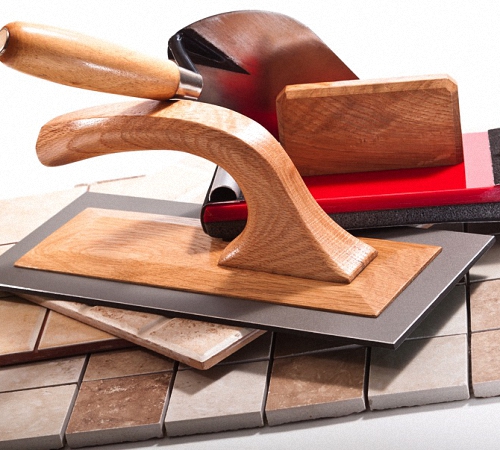
Please note that after the tile is laid on the surface previously greased with glue, it can move for a maximum of fifteen minutes, no more. Otherwise, fixing the tiles on the surface will not be strong.
If there is a break in work, it should be taken into account the fact that the tile, laid a few hours ago, will be lower, tiles, just laid.
A day after grasping the glue, the seams between the tiles are wiped, but the operation of the floor is possible, only after 14 days, after laying.
Porcelain tile video:
